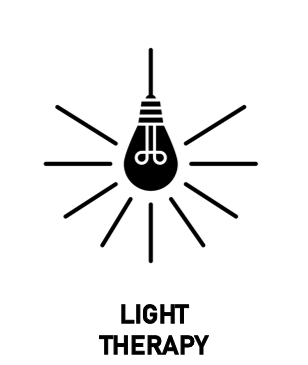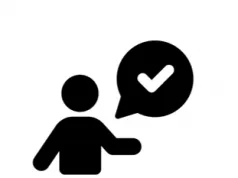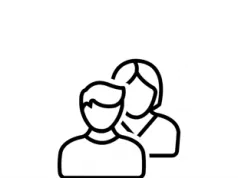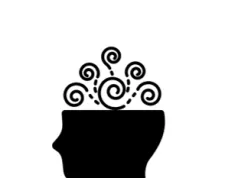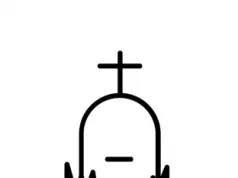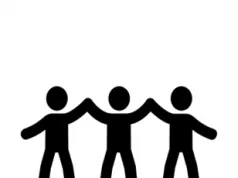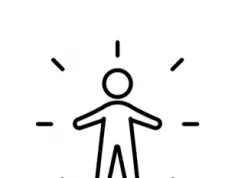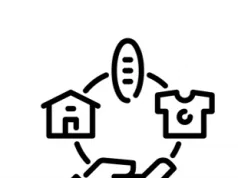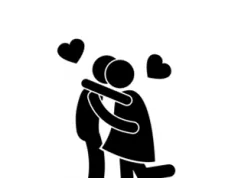Light Therapy is a type of therapy that can be used in the treatment of some mental health conditions. It is mainly used for the condition Seasonal Affective Disorder (SAD).
SAD is a condition that revolves around depressive-like symptoms in the winter months. The symptoms usually clear up by the onset of the Spring.
Like many other types of treatment, there are advantages and disadvantages to it, as we cover in this article.
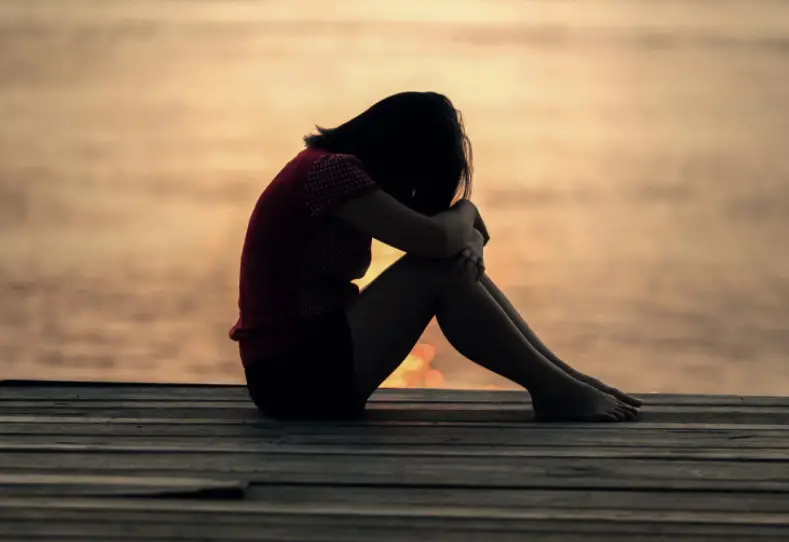
What is Light Therapy?
Light Therapy: Light therapy is a form of therapy that is best known as a treatment for Seasonal Affective Disorder. It involves an individual sitting in front or near a specially-constructed light box for around 30-60 minutes a day. The light box simulates sunlight, which appears to be crucial in the treatment of SAD. This therapy can help other mental health conditions too.
Advantages of Light Therapy
- Short commitment: Unlike many types of therapies that treat mental health, light therapy is a short-term commitment – typically only over the winter months.
- Similar effect to medication: Many people hope to avoid taking medication for SAD, as it is only a short-term condition. The good news therefore is that research shows that light therapy is as effective for SAD as antidepressant medication [1].
- Can do it on your own: Something that many people find useful about light therapy is that it can be done on your own, rather than having to talk or engage with a therapist. Light therapy can be done on your own and at a time convenient to you, making it a very simple process.
- The box lasts a long time: With good care, the light box will be able to be kept for a long time. As SAD will often return the next year in the winter months, the light box can be used again in the future.
- Relatively cheap: Light therapy is a very low-cost type of therapy – especially when considering that once the box has been bought, no other fees are necessary (minus electricity costs). You wouldn’t need to travel to NHS therapy, nor would you need to spend huge amounts on private therapy.
- Requires very little effort: Most types of therapy for mental health require active engagement throughout and homework. However, light therapy purely requires the person to just sit down next to a light box.
Disadvantages of Light Therapy
- It isn’t entirely known how it works: Light therapy is a type of therapy that researchers do not entirely understand. It isn’t known exactly why light therapy has the effect it does. This vagueness isn’t too attractive for some people.
- Suited to milder cases of SAD: SAD, like many other mental health conditions, can range from severe to mild in terms of symptoms. Light therapy is intended to be used by those who have rather mild symptoms of SAD – it probably isn’t overly useful for those with severe SAD.
- Side effects are possible: Headaches, eye strain and sleeping problems are all common side effects of SAD. These areas can potentially worsen symptoms.
- Not all light boxes are suitable: When purchasing a light box, it is important to buy a suitable box. While it is tempting to buy the cheapest option, cheaper boxes often don’t filter out harmful ultraviolet rays – which can cause damage to the skin. The lignt box purchased should be between 2,500lux and 10,000lux – with “lux” being the level of brightness.
- Only treats current symptoms: If a person’s mood goes deeper than just winter-based moods, or has unprocessed trauma, it is likely that they will require more than light therapy to improve their symptoms.
- Involves finding time each day: Light therapy does require a person to find time each day to engage in the therapy. In order to make a difference, a person must be exposed to the light consistently, missing out days here and there will hamper the progress. If a person is busy, it might be difficult for them to find the time for light therapy.
See Also
- Therapy Home
- Everything You Need To Know About Talking Therapy
- FAQ’s About Talking Therapy
- Light Therapy: Everything You Need to Know
- The Advantages and Disadvantages of Light Therapy
- 8 Things You Should Know About Light Therapy
- Light Therapy: Your Questions Answered
Disclaimer
This website should be used purely for informational purposes, and does not intend to, nor should it ever, be used as a replacement for professional medical advice.
We strive to keep all of our pages updated, and ensure that our website is full of factual and in-depth information. However, we encourage you to browse this website with care.
As a reminder, this website and all content within it cannot and should not replace the advice of a trained medical professional. You can read our full disclaimer at this link.
Helplines
If you are struggling with your mental health, help is available. With the right support and treatment, you can make a recovery. For information on helplines, or if you are in a state of crisis, please visit our crisis page by clicking on the relevant link for your geographical location (United Kingdom), (United States), (International). You can also see how to get mental health treatment and the process involved by clicking this link.
References
[1] Lam, R., Levitt, A., & Levitan, R. (2006). The Can-SAD Study: A Randomized Controlled Trial of the Effectiveness of Light Therapy and Fluoxetine in Patients With Winter Seasonal Affective Disorder. American Journal of Psychiatry. 163 (5), p805-812.

